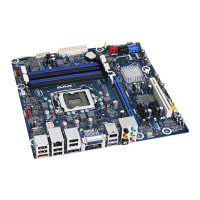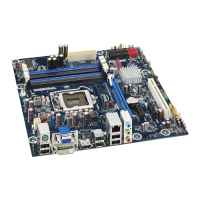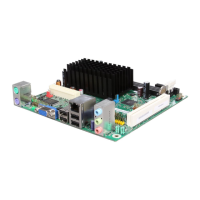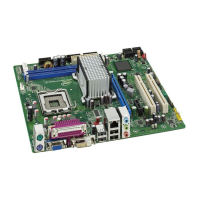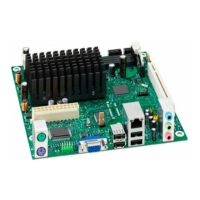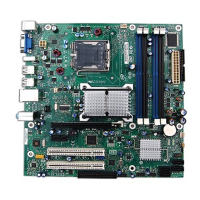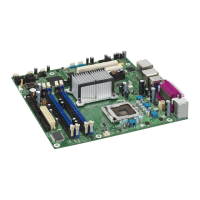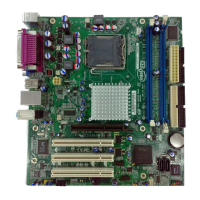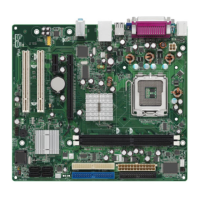Product Description
37
1.12 Power Management
Power management is implemented at several levels, including:
• Software support through Advanced Configuration and Power Interface (ACPI)
• Hardware support:
Power Input
Instantly Available PC technology
LAN wake capabilities
Wake from USB
WAKE# signal wake-up support
Wake from S5
+5 V Standby Power Indicator LED
1.12.1 ACPI
ACPI gives the operating system direct control over the power management and Plug and Play
functions of a computer. The use of ACPI with this board requires an operating system that
provides full ACPI support. ACPI features include:
• Plug and Play (including bus and device enumeration)
• Power management control of individual devices, add-in boards (some add-in boards may
require an ACPI-aware driver), video displays, and hard disk drives
• Methods for achieving less than 15-watt system operation in the power-on/standby
sleeping state
• A Soft-off feature that enables the operating system to power-off the computer
• Support for multiple wake-up events (see Table 15 on page 39)
• Support for a front panel power and sleep mode switch
Table 13 lists the system states based on how long the power switch is pressed, depending on
how ACPI is configured with an ACPI-aware operating system.
Table 13. Effects of Pressing the Power Switch
If the system is in this state…
pressed for
…the system enters this state
(ACPI G2/G5 – Soft off)
(ACPI G0 – working state)
On
(ACPI G0 – working state)
Less than four seconds
Soft-off/Standby
(ACPI G1 – sleeping state)
Note
(ACPI G0 – working state)
(ACPI G2/G5 – Soft off)
(ACPI G1 – sleeping state)
(ACPI G0 – working state)
(ACPI G1 – sleeping state)
(ACPI G2/G5 – Soft off)
Note: Depending on power management settings in the operating system.
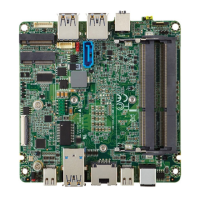
